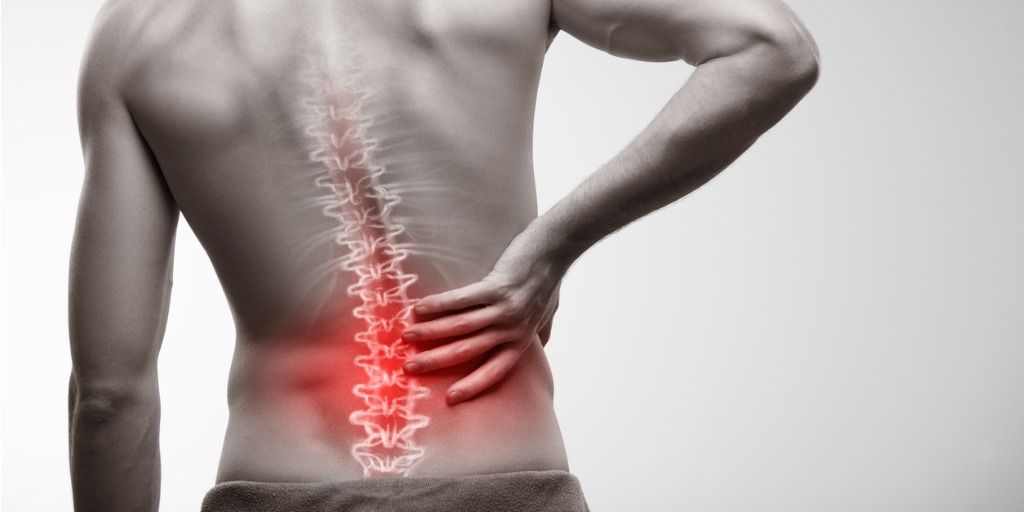How to ‘Correct’ our Posture
Posture has always been the topic of discussion impacting individuals in the corporate workplace. Given the nature of the role, sitting in front of the computer screen for long periods of time can be detrimental to the body, causing pain and stiffness especially in the lower back. It is also emphasised that sitting upright can improve our posture and protect our spine from unnecessary pain. This idea has been ingrained in us as a society that we constantly look for the next best solution to correct our posture. But does it really need correcting?
Common Beliefs about Posture
It is agreed upon by the community that straightening our back is the safest way to sit and bend down. Individuals are normally advised to sit upright and perform lifting tasks in a natural lordotic* posture or sometimes even with a straight back. It is also assumed that maintaining these postures will protect the spine. Through these beliefs, it links everyday tasks such as sitting, standing, bending, and lifting as key indicators related to lower back pain.
Similarly in the fitness industry, it is advocated to protect the spine when lifting weights. A term we often hear in a gym setting is to “activate our core muscles” in order to maintain “perfect form”. Despite the growing beliefs about proper lifting techniques, there is no strong evidence suggesting that avoiding any posture prevents lower back pain nor is curving our spine associated with pain. While additional effort is required when maintaining the ideal posture, there is also no evidence suggesting that it aids in reducing pain.
Change the “Posture Narrative”
- There is no single “correct” posture
- Differences in postures are a fact of life
- Posture reflects beliefs and moods
- It is safe to adopt more comfortable postures
- The spine is robust, adaptable and can be trusted
- Sitting is not dangerous
Comfortable postures differ between individuals and adopting more relaxed postures while getting reassurance that they are safe can provide symptom relief. Any posture will be uncomfortable if we spend enough time in it. Having the perspective that pain can be prevented by avoiding certain postures only reinforces higher levels of fear which leads to moving more cautiously. Instead, focus on moving frequently and standing or sitting in a way where you feel is comfortable. Find a posture that is more optimal for you, and this can always be ever-changing.
References:
Pavlova, A., Meakin, J., Cooper, K., Barr, R., & Aspden, R. (2018). Variation in lifting kinematics related to individual intrinsic lumbar curvature: an investigation in healthy adults. BMJ Open Sport & Exercise Medicine, 4(1), e000374. doi: 10.1136/bmjsem-2018-000374
Slater, D., Korakakis, V., O'Sullivan, P., Nolan, D., & O'Sullivan, K. (2019). “Sit Up Straight”: Time to Re-evaluate. Journal Of Orthopaedic & Sports Physical Therapy, 49(8), 562-564. doi: 10.2519/jospt.2019.0610




